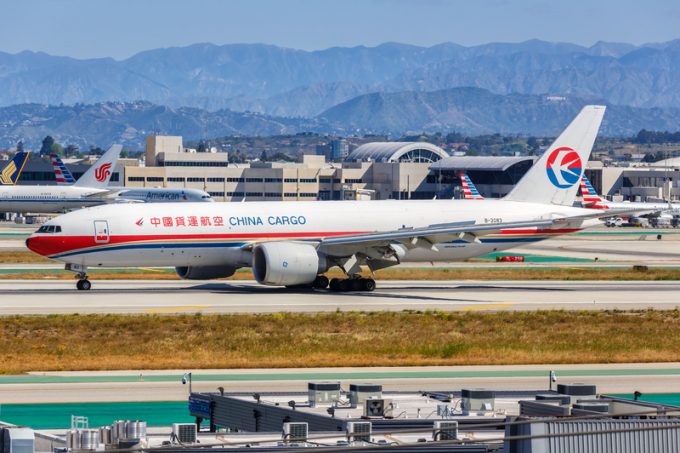Fleet watching is the key to predicting the future in air
All eyes on the aircraft boneyard

A big uptick in freighters landing at major US gateways is putting pressure on every link in the supply chain, creating “great opportunities” for smaller cargo-focused airports.
According to Robert Fordree, EVP cargo at Menzies Aviation, with Covid bottlenecks easing at Chinese hubs, the number of freighters heading to the US has quadrupled, in some cases.
“In Dallas and Los Angeles, we are seeing a massive influx of cargo, from two or three freighters a week to 10 or 12,” he said ...
'Disastrous' DSV-Schenker merger would 'disrupt European haulage market'
New senior management for DSV as it readies for DB Schenker takeover
Volumes set to 'fall off a cliff' as US firms hit the brakes on sourcing and bookings
Asian exporters scramble for ships and boxes to beat 90-day tariff pause
Amazon pushes into LTL for small package fulfilment and UPS does a u-turn
Temporary tariff relief brings on early transpacific peak season
Pre-tariff rush of goods from US to China sees air rates soar, but not for long
Forwarders 'allowing the fox into the chicken run' by supporting 'hungry' carriers

Comment on this article